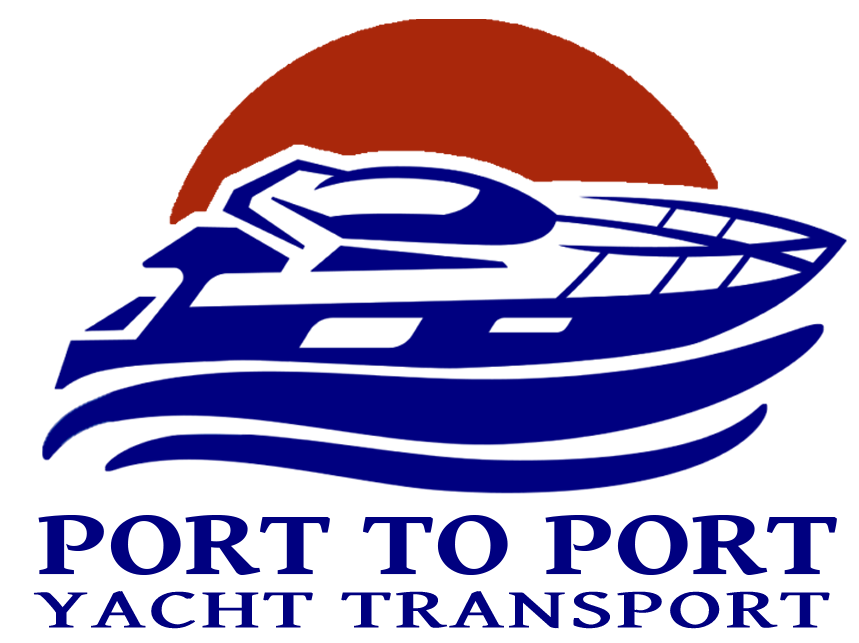Navigating boat transport amidst varying weather conditions requires a heightened awareness of the challenges imposed by Mother Nature. The impact of weather conditions on boat transportation cannot be overstated, and clients should be well-versed in the intricacies of these environmental factors.
-
Delays and Schedule Changes:
- Mother Nature’s Influence: Adverse weather, such as storms, heavy rain, snow, or high winds, can lead to delays in transportation schedules due to the unpredictable nature of Mother Nature.
-
Road Conditions:
- Mother Nature’s Impact: Winter weather can create hazardous road conditions, including icy roads and snow-covered highways, directly affecting the transportation plans as dictated by Mother Nature.
-
Protective Measures:
- Mother Nature’s Necessity: Harsh weather conditions may necessitate additional protective measures for the boat, such as shrink-wrapping, to shield it from the unpredictable elements of Mother Nature.
-
Communication During Severe Weather:
- Mother Nature’s Challenges: Communication challenges may arise during severe weather events, making it difficult for transporters to provide real-time updates, a circumstance dictated by Mother Nature.
-
Insurance Considerations:
- Mother Nature’s Risks: Severe weather can increase the risk of damage to boats during transportation, emphasizing the importance of understanding insurance coverage amidst the unpredictable whims of Mother Nature.
-
Preparation for Winterization:
- Mother Nature’s Requirements: Winter weather may require additional preparation steps for boat transport, such as winterizing engines and systems to align with Mother Nature’s seasonal demands.
-
Flexibility in Scheduling:
- Mother Nature’s Unpredictability: Unpredictable weather may require flexibility in scheduling and may lead to changes in pick-up and delivery dates, acknowledging the dynamic influence of Mother Nature on transport plans.
-
Safety Measures Against Mother Nature:
- Mother Nature’s Impact on Safety: Clients should follow the transporter’s recommendations for preparing their boat for winter transport, implementing safety measures to counteract Mother Nature’s potential effects.
-
Weather-Related Contingency Plans:
- Mother Nature’s Contingency: Transporters should establish contingency plans for keeping clients informed even in challenging weather conditions, recognizing the need for adaptive strategies in the face of Mother Nature’s unpredictability.
-
Table of Contents
ToggleMother Nature’s Unveiling:
- Mother Nature’s Realities: Clear communication between the boat transporter and the client is crucial to navigating the potential challenges posed by weather conditions. By being informed and proactive, clients can work collaboratively with transporters to ensure a safe and successful boat transport experience, even in less-than-ideal weather conditions dictated by Mother Nature.
Navigating the intricate realm of boat transportation becomes a complex dance when confronted with the capricious whims of weather conditions, often personified as Mother Nature. This relentless force dictates the tempo of transportation logistics, compelling boat transporters and clients alike to synchronize their steps with the atmospheric ballet. The impact of weather conditions on boat transport is a multifaceted saga, weaving together challenges, precautions, and the need for harmonious collaboration.
WEATHER CONDITIONS
Adverse weather, ranging from tempestuous storms to serene snowfall, introduces a cascade of challenges that can disrupt the carefully orchestrated schedules of boat transporters. Mother Nature’s unpredictable moods demand flexibility from both parties involved, urging clients to embrace the dynamic nature of transport plans. Delays become an inherent part of the narrative, requiring a nuanced understanding of the intricate relationship between transportation logistics and atmospheric conditions.
Road conditions morph into a critical plot point in this narrative, as winter’s icy grip cloaks highways, and snow-laden roads become formidable obstacles. Transporters must navigate these treacherous paths with caution, prioritizing safety over expediency. Mother Nature’s icy touch necessitates additional protective measures, such as the meticulous application of shrink-wrapping to shield boats from the frigid elements.
WEATHER CONDITIONS AND COMMUNICATION
Communication, a vital element of any successful transportation venture, faces its own set of challenges amid severe weather. Mother Nature’s tempests can disrupt regular channels, underscoring the need for resilient communication strategies that weather the storm. Clients are encouraged to maintain open lines of communication, understanding that during extreme weather conditions, timely updates may experience temporary turbulence.
Insurance considerations come to the forefront as the risks escalate in Mother Nature’s dramatic production. Clients must review their policies, ensuring that they provide adequate coverage against the unpredictable twists that weather conditions may introduce. The transporters, aware of these heightened risks, communicate transparently about the potential impacts on insurance and recommend additional coverage if deemed necessary.
Preparation takes center stage as winter conditions set in, demanding meticulous winterization measures. Engine winterization, system checks, and securing loose items become imperative steps in the choreography of boat preparation. This dance with Mother Nature requires clients to adhere to the transporter’s guidelines, aligning their boats with the seasonal demands dictated by the natural elements.
In the face of Mother Nature’s capriciousness, flexibility in scheduling becomes a virtue. Clients are encouraged to embrace the uncertainty, understanding that adjustments to pick-up and delivery dates may be essential for a seamless performance. Transporters, well-versed in Mother Nature’s unpredictable script, employ contingency plans to navigate the intricacies of scheduling amidst her dynamic narrative.
Safety measures against Mother Nature’s unpredictable interventions become paramount. Clients are urged to collaborate with transporters in implementing precautionary measures that safeguard their boats against the unpredictable elements. This partnership is essential for ensuring a secure and successful boat transport experience, even when weather conditions dictate an unpredictable storyline.
In conclusion, the intertwining of boat transportation and weather conditions unfolds as a narrative shaped by the powerful influence of Mother Nature. Clients and transporters, recognizing the fluidity of this partnership, must dance in harmony with the atmospheric rhythms to ensure a safe and successful journey across the ever-changing stage set by Mother Nature herself.

